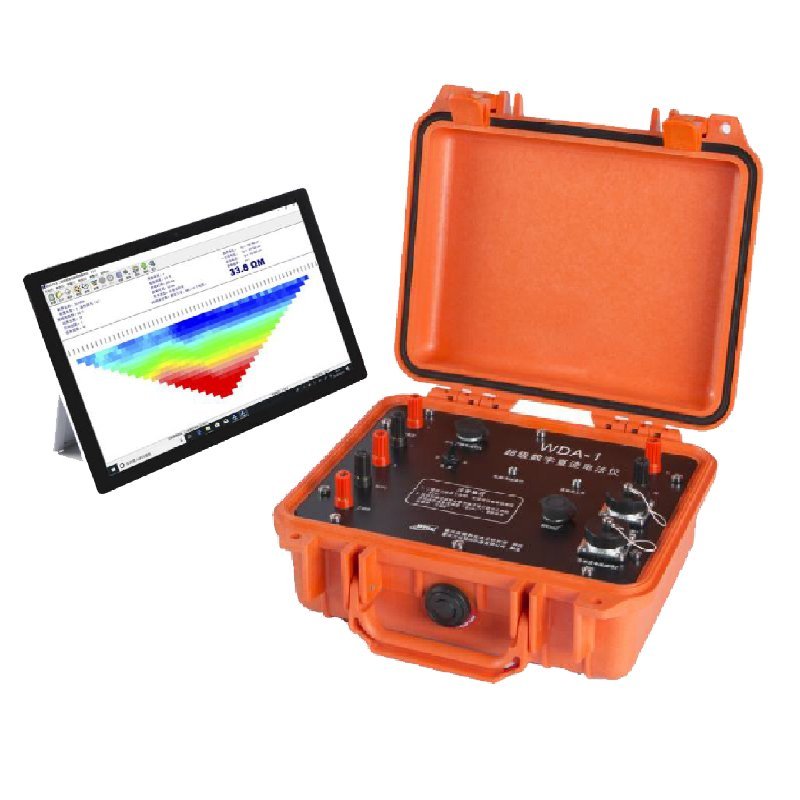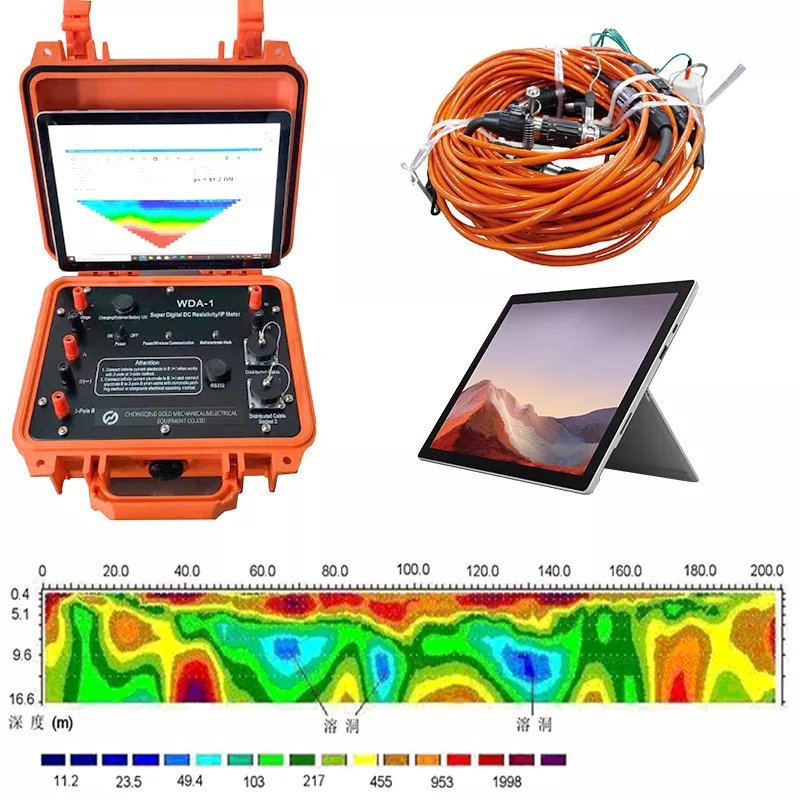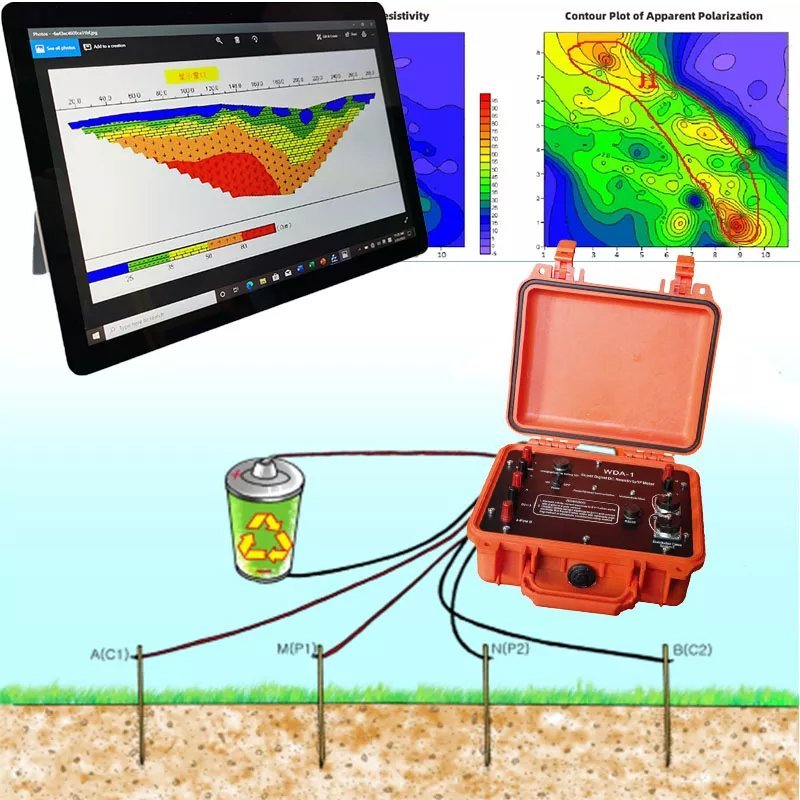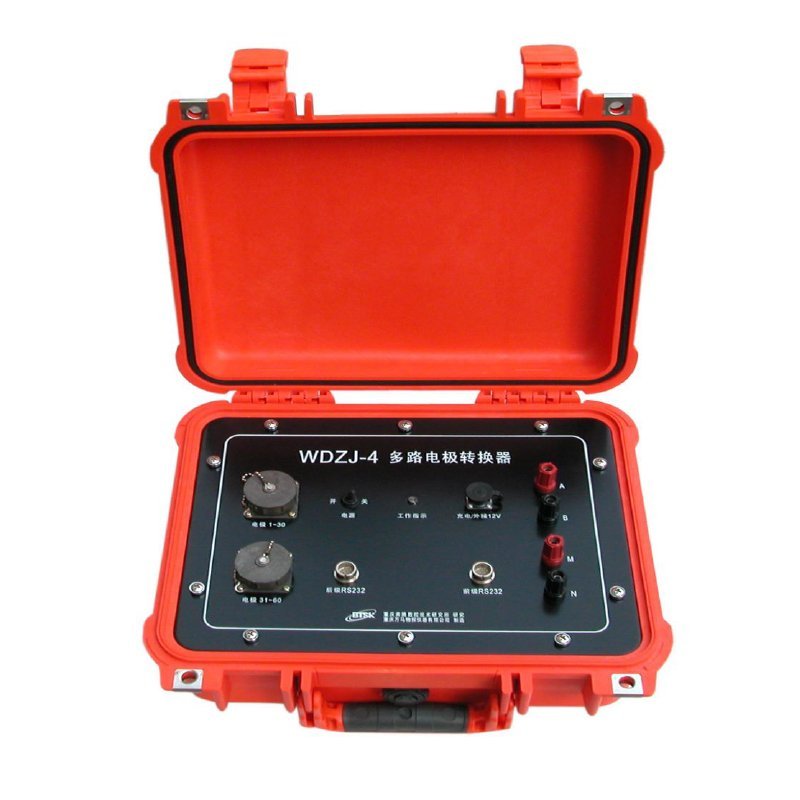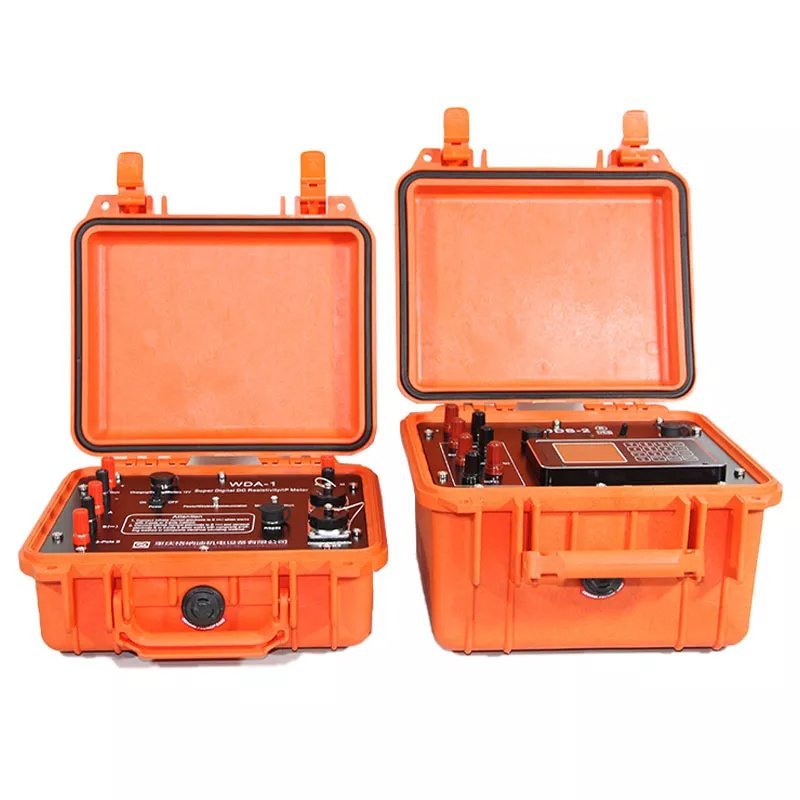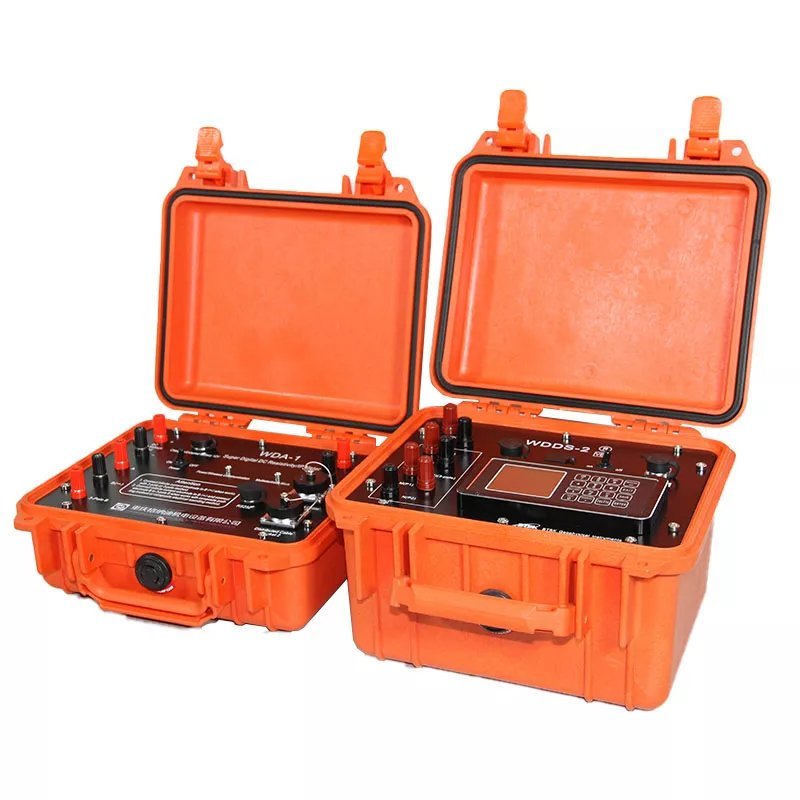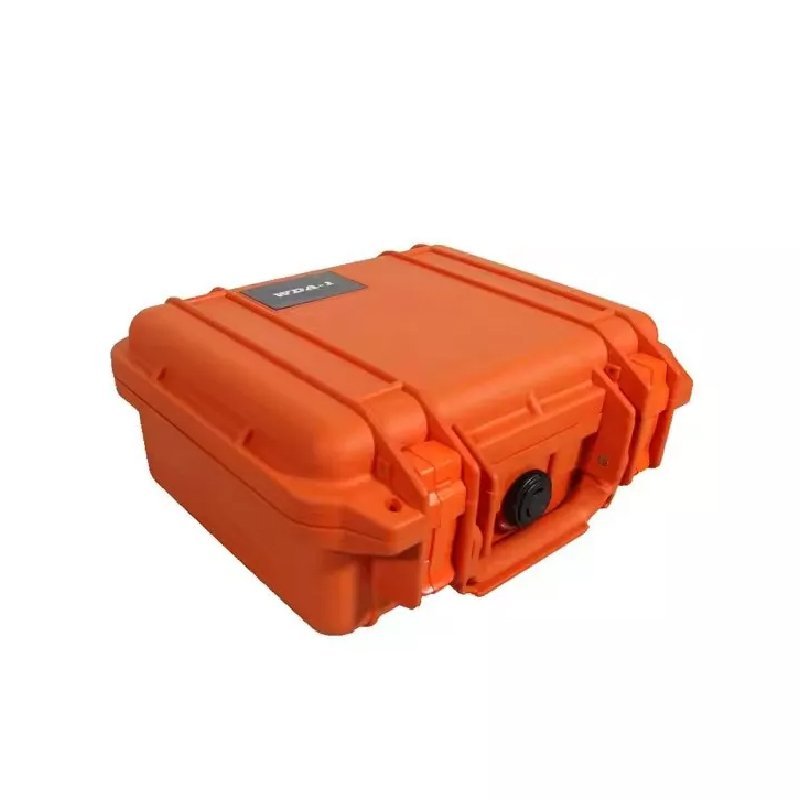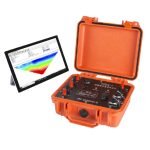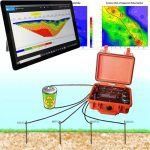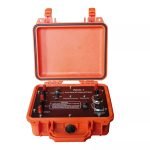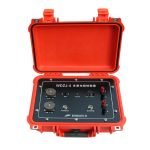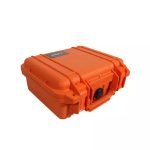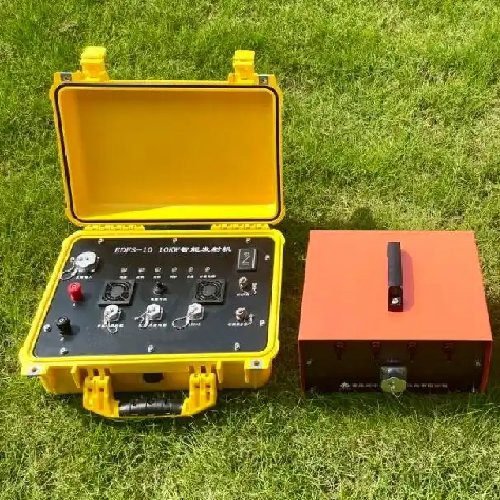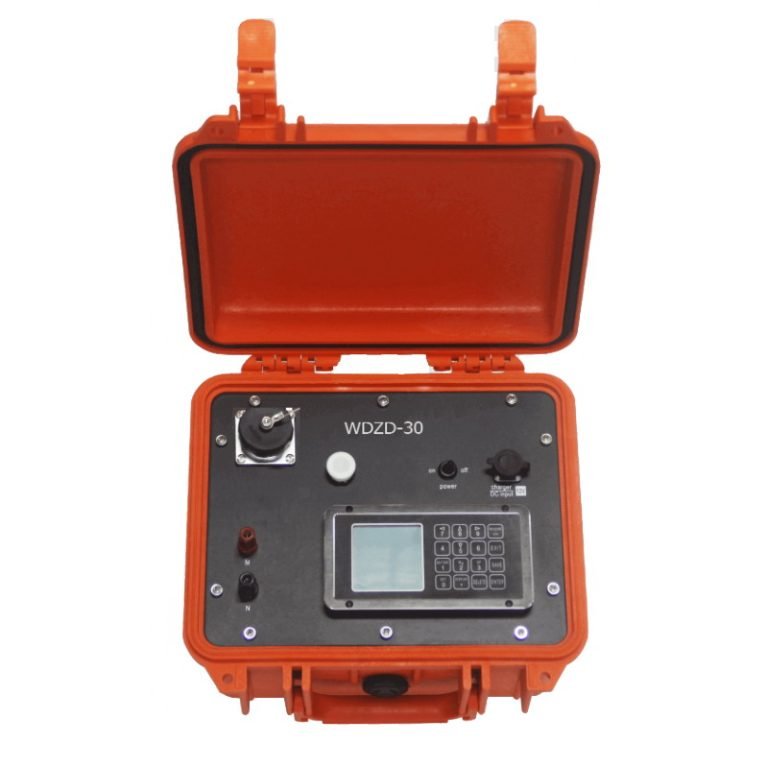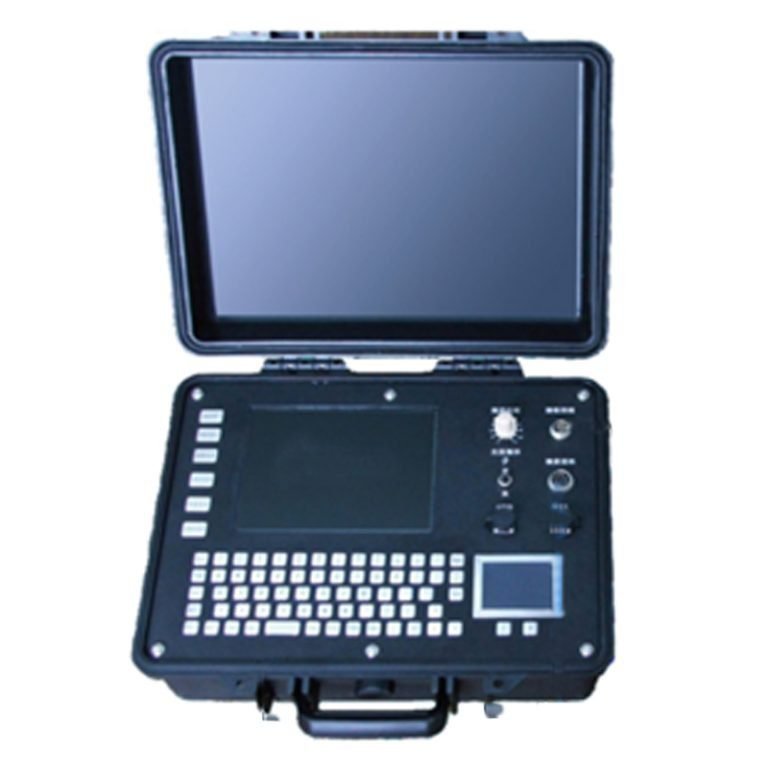Welcome to Geotech!

WGMD-9 distributed electrical method system
PRODUCT PARAMETERS
- Portability and flexibility
- Unique and open measuring process control
- Two cable sockets for cross-hole survey
- Multiple functions with more meauring parameters
- High power supply, wide current range, high accuracy
- 16 kinds of electrode arrays of 2D Imaging survey
- Extendable system, flexible configuration
- Excellent anti-interface performance
- Diagnosis program can find the fault quickly
Description
WGMD-9 distributed super high-density electrical method system
 Abstract
Abstract
The WGMD – 9 Distributed High – Density Electrical Measurement System is a revolutionary geophysical exploration tool that combines advanced technology with unparalleled functionality. Engineered to meet the diverse needs of modern geoscience, this system offers a suite of features that set it apart from traditional electrical measurement devices.
| System components and functions | WGMD-4 Distributed High-density Electrical Method System |
| Host | WDJD-4 multi-function digital DC induced polarization instrument |
| Converter or adapter | None |
| DC high voltage power supply | External |
| Cable, electrode | Distributed high-density resistivity, IP switch cables, electrodes |
 Working principle
Working principle
Resistivity sounding method does not take into account horizontal changes in the subsurface resistivity. While 2d electrical imaging method with the resistivity changes in vertical as well as horizontal directions along the survey line.
Typical 1D resistivity sounding surveys usually involve about 10 to 20 readings, which 2-D imaging survey can finish thousand of points with different configuration. So the working efficiency improved greatly.
 Applications
Applications
● Energy resource exploration
● City geophysical exploration
● Railway and bridge prospecting
● Metal and non-metal mineral resources prospecting
● City geophysical exploration
● Hydrology and engineering geology to inspect base of dam and flood protection levee for incipient faults
● Geothermal survey
● Landslides and other geological disaster exploration
PS:System can conducts:
● Self-potential survey
● General resistivity/IP VES survey
● Multi-electrode 2D resistivity imaging
● Multi-electrode 2D induced polarization (IP) imaging
● Multi-electrode 3D resistivity imaging
● Typical 1-D resistivity sounding surveys usually involve about 10 to 20 readings, while 2-D imaging surveys involve about 100 to 1000 measurements. In comparison, a 3-D survey might involve several thousand measurements.
 Arrays
Arrays
● Wenner Alpha
● Wenner Beta
● Wenner Gamma
● Dipole-dipole
● Schlumberger
● 3P-direct
● 3P-reverse
● 2P AM
● 3P A-MN
● 3P AB-M
● MN-B
● SP-M
● SP-MN
● Combined profiling
● Corss-hole dipole
● Charging M
● Charging MN
● User-defined
 Features
Features
Exceptional Functionality Tailored for Geophysical Analysis
- Multi – Parameter Data Acquisition
The WGMD – 9 is designed to measure a comprehensive range of parameters. It can accurately capture voltage (Vp), current (Ip), apparent resistivity (ρs), self – potential (SP), apparent polarizability (m~m7), metal factor (G1~G7), half decay time (Th), deviation (R), induce polarization ratio (J), and voltage decay curve data. This multi – parameter approach provides geophysicists with a more complete understanding of the subsurface structure, enabling more accurate interpretations and predictions.
- High – Power Performance for Deep Penetration
With a maximum power output of up to 9000W (1500V * 6A) in 1D sounding and 4000W (1000V * 4A) for 2D/3D imaging, the system can penetrate deep into the earth’s crust. The high – power capabilities, combined with a wide voltage input range of 160Vp – p, make it an ideal choice for high – resistivity regions. This ensures that even in challenging geological environments, the WGMD – 9 can deliver reliable and detailed data.
- Advanced Bluetooth and Wireless Connectivity
Featuring state – of – the – art Bluetooth technology, the WGMD – 9 allows for seamless wireless remote control. A tablet PC can be used to operate the system from a distance of up to 10 meters, facilitating easy parameter setting, measurement initiation, result display, and data storage. This wireless functionality not only enhances the user experience but also enables greater flexibility in field operations, especially in areas where traditional wired connections may be cumbersome.
Distributed System Design for Enhanced Flexibility
- Intelligent Cable – Based Distributed Architecture
The WGMD – 9’s distributed system design, centered around intelligent cables, is a game – changer in geophysical exploration. This design eliminates limitations on the quantity of electrodes, providing users with the freedom to adapt to various survey requirements. Whether conducting a small – scale local survey or a large – scale regional exploration, the system can be configured to meet the specific needs of the project.
- Scalability and Adaptability
The system’s software is highly flexible, allowing for easy upgrades and extensions. It can expand data storage capacity and enhance collection software functions as needed. Additionally, it can be customized to function as a special multi – electrode electrical instrument, making it a versatile solution for evolving geophysical research and industry applications.
- Auto Compensation and Anti – Interference Features
Equipped with auto SP compensation, drift compensation, and electrode compensation (with a maximum compensation of ±10V), the WGMD – 9 ensures stable and accurate measurements. Multistage filtration and signal enhancement technologies, along with suppression against common mode and differential mode interference, further enhance the system’s anti – interface performance. This results in high – precision data, even in the presence of significant external noise.
 Detailed description
Detailed description
(一)Features Explanation
● Lightweight and portable
The host integrates the transmitting unit and the receiving unit in one body, with small size and light weight.
● Flexible measurement process control
User-defined power-on time and power-off time controls measuring process. The main frame can also monitor variation of electrode potential automatically. If the parameter exceeds the user-defined over-variation limit, it stops measuring, and wait to measure again until it becomes stable.
● Tablet computer control, powerful functions
Windows 10 tablet computer realizes human-machine interface and acquisition control, acquisition parameter setting, data display and storage, various curve drawing (such as joint profile, joint electrical sounding, Wenner sounding, Schlumberger sounding, and induced polarization attenuation curve, etc.), and can display measurement chromatograms in real time. It is fast and intuitive, and the operation is very simple, which greatly improves the quality and efficiency of field work.
● Dual cable socket design
The host is designed with two cable sockets which enable cross-hole electrode array configuration works without switching control unit, and thus makes themeasuring process much simpler and easier.
● One machine with multiple functions and wide adaptability
The host voltage and current range and small signal accuracy are greatly improved. This design makes it suitable to work with rock sampling tester,high-power IP receiver, general electrical method instrument, IP instrument, water finder, 2D and 3D multi-electrode electrical method instrument, etc.
● Capable of measuring various types of data
It is able to acquire data of voltage (VP), current (IP), apparent resistivity (R0), Self-Potential (SP), apparent polarizability (M~M7), metal factor (G1~G7), half decay time (TH), deviation (r), induce polarization ratio (J), etc.
● Powerful anti-interference technology The multi-stage filtering and signal enhancement technology and the integrated electrical interference suppressor function (with super strong anti-common mode interference and differential mode interference capabilities) make the measurement accuracy high.




(二)Support flexible configuration combination
| Item | Parameters |
| Data Collection System | Distributed 2D and 3D high-density resistivity measurement system |
| Mainframe | WDA-1 super digital DC electric meter |
| Resistivity / IP Cable | PDGF-10 Distributed High Density Resistivity Cable |
| Battery | PDX-100LIII (100V,3Ah,lithium battery) PDX-200LIII (200V,3Ah,lithium battery) PDX-200LV (200V,5Ah,lithium battery) PDX-480 LⅡ (60V~480V, 2.2AH,lithium battery) PDX-1(144V,1.3Ah,Lead-acid batteries) |
| Electrode | Copper electrode |
(三)Different parameter collection, different wiring methods
● 2D Resistivity Imaging

● 2D Resistivity/Induced Polarization(IP) Imaging

● 3D Resistivity Imaging

 Specifications
Specifications
(一)WDA-1 super digital DC electric meter
Receiving section
| Item | Parameters |
| Voltage | ±32V (24 bit A/D). If Vp≥5mV, accuracy is ±0.2% ±1LSB If 0.1mV≤Vp<5mV, accuracy is ±1% ±1LSB |
| Apparent polarizability measurement accuracy | ±0.2%±1LSB |
| Input impedance | >50MΩ |
| SP compensation range | ±10V |
| Maximum supply current | 6A (24bit A/D with WDZJ-3, no more than 2.5A) If Ip≥5mA, accuracy is ±0.2% ±1LSB If 0.1mA≤Ip<5mA, accuracy is ±1% ±1LSB |
| Suppression | For 50Hz industrial frequency interference (common mode and differential mode interference), suppression is more than 80dB. |
Transmitter
| Item | Parameters |
| Max transmitting power | 9000W |
| Maximum supply voltage | 1500V (with WDZJ-3, no more than 450V) |
| Max current | 6A |
| Transmitting power pulse width | 1~60s, duty cycle is 1:1 |
Other parameters
| Item | Parameters |
| Power supply | Internal 7.4V 4Ah rechargeable battery continuously lasts for 20 hours (or 12V external power supply). |
| Ports support (transmitting unit) | A, B, M and N connecting ports, DC high voltage input ports and external battery terminals, 2 cable ports, RS-232, Bluetooth. |
| Working temperature | -10℃~+50℃, 95%RH |
| Storage temperature | -20℃~+60℃ |
| Weight | ≤4kg |
| Dimension | 270mmx246mmx123mm |
| Internal power source | Maximum voltage 96V (two notches, 48V and 96V); Maximum current is 0.7A. |
| Tablet computer configuration | Windows 10 64-bit operating system, 2048×1536 retina screen, system memory no less than 2GB, storage capacity no less than 64GB, Bluetooth, USB port. |
(二)Distributed 2D, 3D high-density resistivity, 2D high-density IP switch cable (optional)
| Item | Parameters |
| Cable | The sheath is made of wide-temperature polyurethane material, with an outer diameter of Φ7mm |
| Quantity | Specified by the user when ordering |
| Number of electrode taps | 10/string (each string of cables connects 10 electrodes) |
| Tap spacing | 1~10 meters (specified by the user when ordering) |
| Switch box size | Φ60mmx110mm (switch box only) |
| Maximum operating voltage | 1000V |
| Switch voltage measurement resolution | ≤0.001mv |
| Switch voltage measurement accuracy | ±0.1% |
| Maximum operating current | 4A |
| Switch current measurement resolution | ≤0.001mA |
| Switch current measurement accuracy | ±0.1% |
| Voltage channel | ±80V |
| 50Hz interference suppression | Better than 140dB |
| Cable insulation | ≥ 1000MΩ/2500V between A and B power lines and between them and low-voltage lines |
| Cable communication mode | Bidirectional (the host automatically identifies the communication direction, number of cables, and the order of mutual connection. The host can be placed at any position on the measurement line) |
| Working temperature | -20℃~+70℃ |
| Waterproof level | IP68 (can work in water at a depth of 1 meter) |
(三)Distributed 2D, 3D high-density resistivity, 2D high-density IP switch electrodes (optional)
| Item | Parameters |
| Copper electrode | Φ10mm×280mm, with plug-in card |
| Quantity | Specified by the user when ordering |
 Case study
Case study
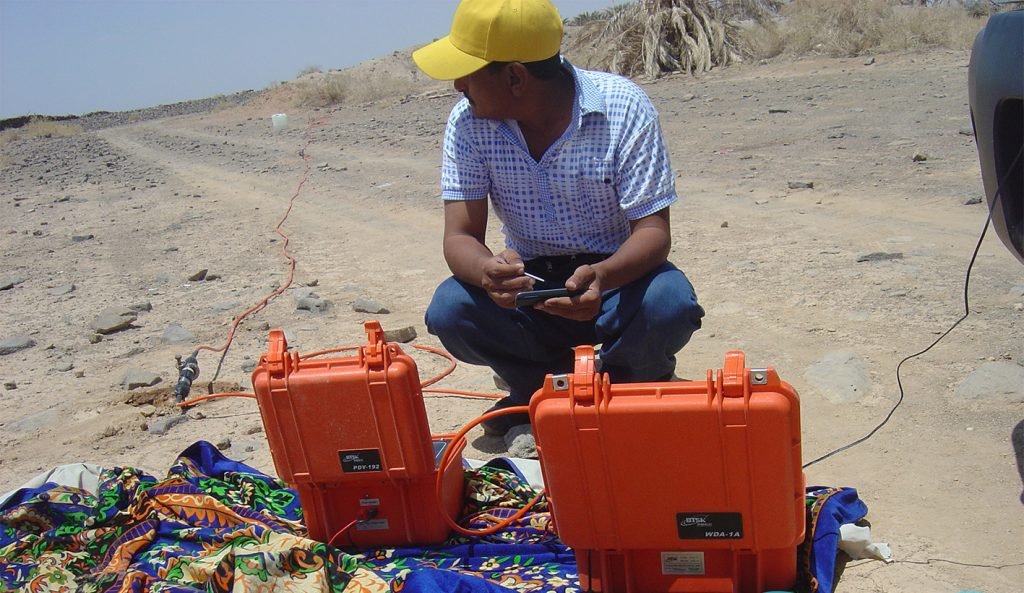

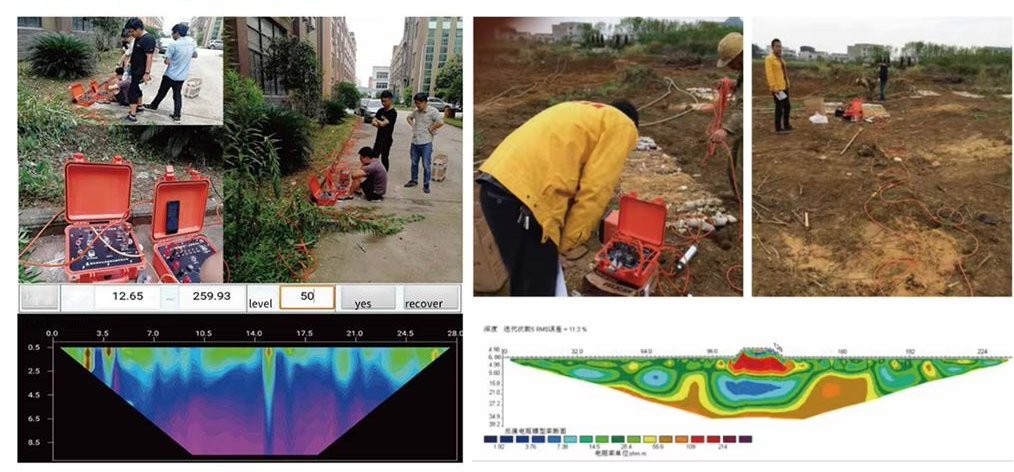
FAQ
① In SI, it is m·s-2, and one percent of it is the international unit abbreviation g.u.;
② Conversion between SI and CGS: 1g.u.=10-1 mGal
Gravitational field: The space around the earth with gravity is called the gravitational field.
Gravitational potential: The gravitational potential W in the gravitational field is equal to the work done by a particle of unit mass moving from infinity to that point.
① The normal gravity field of the earth: Assuming that the earth is a rotating ellipsoid (reference plane), the surface is glossy, the internal density is uniform, or it is distributed in concentric layers, the density of each layer is uniform, and the deviation of the shape of the ellipsoid from the geoid is very small, then the gravity field generated by the earth is the normal gravity field.
② The normal gravity value is only related to the latitude, the smallest at the equator and the largest at the poles, with a difference of about 50,000 g.u.; the rate of change of the normal gravity value with latitude is the largest at 45° latitude, and zero at the equator and the poles; the normal gravity value decreases with increasing altitude, and its rate of change is -3.086 g.u.. The main feature of the long-term change is the "westward drift" of the geomagnetic elements, both the dipole field and the non-dipole field drift westward, and have a global nature.
The gravitational field strength is equal to the gravitational acceleration in both numerical and dimensional terms, and the two are in the same direction. In gravity exploration, all references to gravity refer to gravitational acceleration. The gravitational field strength at a point in space is equal to the gravitational acceleration at that point.
Gravity exploration is an exploration method that is based on the density difference of rocks and ores. Since density difference will cause local changes in the normal gravity field of the earth (i.e. gravity anomaly), it is used to solve geological problems by observing and studying gravity anomalies.
-1.png)

